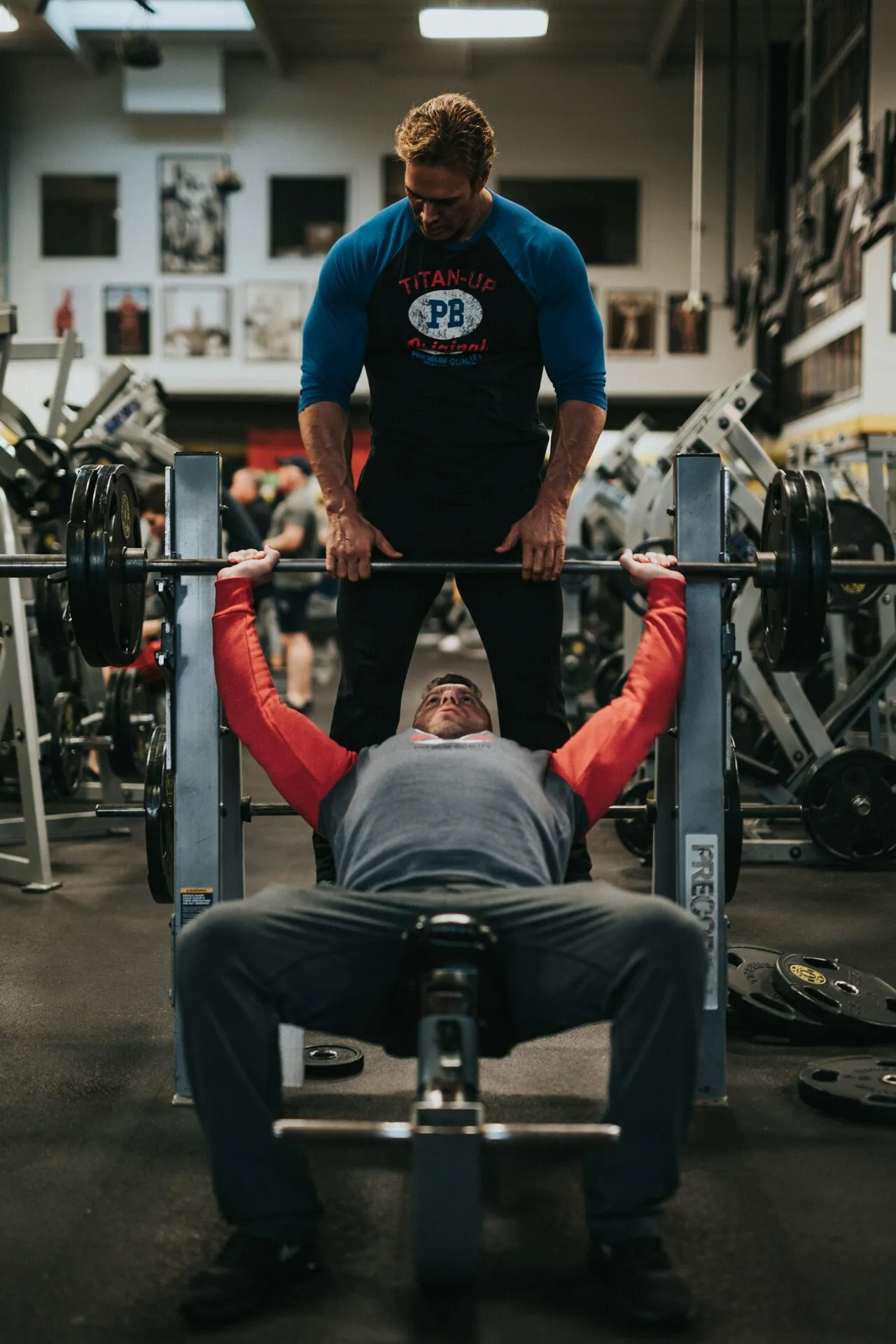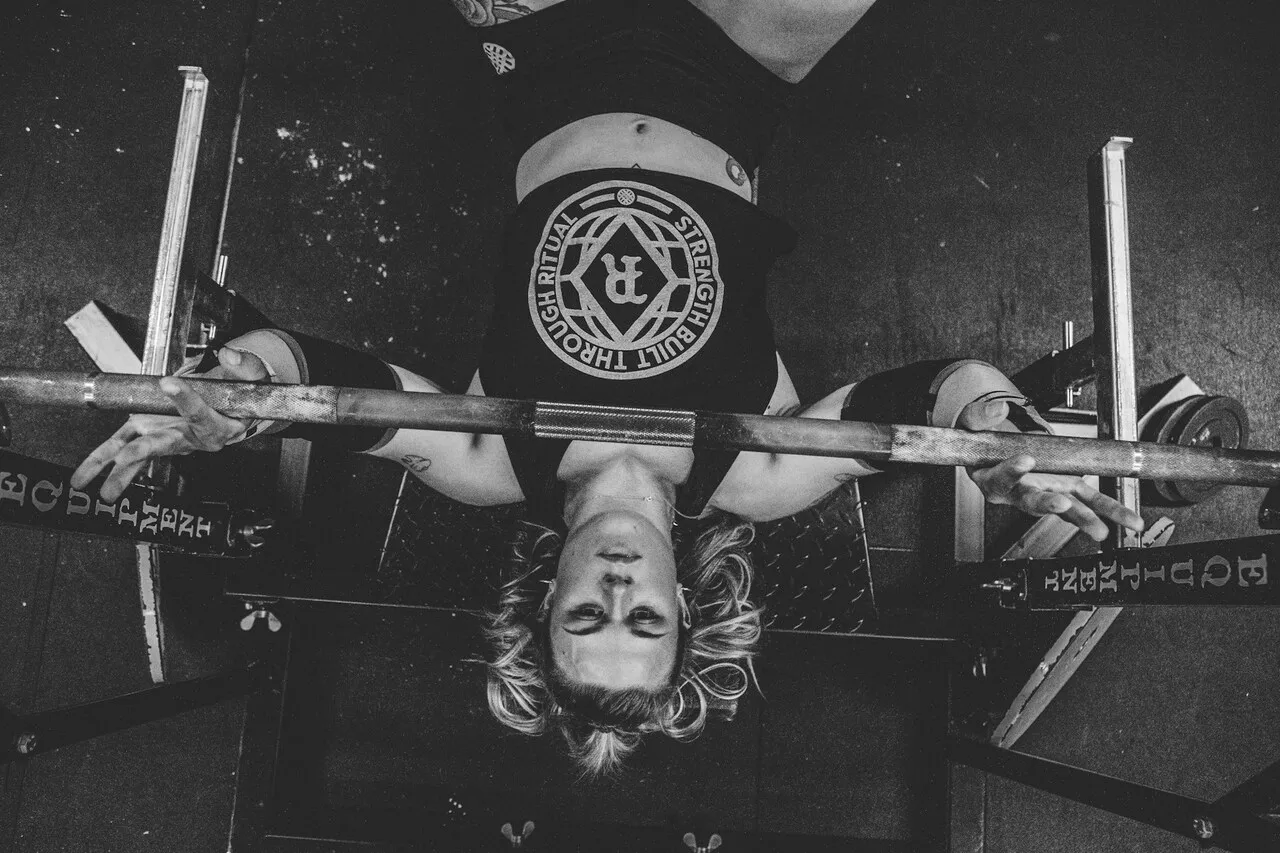 Tuesday, January 21, 2025
Tuesday, January 21, 2025Supersets, Dropsets, and More: Effective Intensity Techniques for Maximum Muscle Growth
Intensity techniques represent a valuable addition to any training regimen aimed at breaking through plateaus and achieving maximal muscle hypertrophy. In this blog post, we will take a detailed look at some of the most effective methods, including supersets, drop sets, rest-pause sets, and other techniques. Each method offers specific advantages and can be strategically employed to optimize various aspects of muscle building.

What Are Intensity Techniques?
Intensity techniques are specialized methods designed to increase the load on the muscles, challenging them beyond their normal capacity. They help recruit more muscle fibers, enhance the degree of muscle fatigue, and ultimately maximize the growth stimulus. These techniques are particularly beneficial for advanced athletes who wish to elevate their training to a new level. However, they can also be effectively utilized by beginners if applied judiciously.

Supersets
A superset combines two exercises performed back-to-back without rest in between. There are various types of supersets:
Antagonistic Supersets: Two exercises for opposing muscle groups (e.g., biceps and triceps). This variant helps optimize recovery for each muscle group during the load on the other.
Agonistic Supersets: Two exercises for the same muscle group (e.g., bench press and flyes). This ensures maximum fatigue of the target muscle.
- Combined Supersets: A heavy strength exercise followed by an isolation exercise (e.g., squats and leg extensions). This variant can enhance both strength and muscle definition.
Supersets are particularly effective for saving time while also increasing intensity. They are excellent for training phases where high caloric expenditure or high training density is desired.

Drop Sets
Drop sets involve reducing the weight after reaching muscle failure and immediately performing more repetitions. This is repeated in several stages. An example:
Bench press with 100 kg until muscle failure.
Immediate reduction to 80 kg and further repetitions.
- Finally, 60 kg until muscle failure.
Drop sets maximize volume within a set and provide an intense growth stimulus. They are especially useful at the end of a workout when the muscles are already fatigued, requiring an additional stimulus.

Rest-Pause Sets
This method involves short pauses within a set and works as follows:
Select a weight that allows approximately 6-8 repetitions.
Perform the repetitions until muscle failure.
Take a break of 10-20 seconds.
- Repeat the set with the same weight.
Rest-pause sets are ideal for enhancing absolute strength and endurance within a set. They allow training with heavy weights while achieving a high number of repetitions, which is particularly beneficial for training in explosive strength and maximum strength.

Pre-exhaustion and Post-exhaustion
These techniques combine an isolation exercise with a compound exercise:
Pre-exhaustion: The isolation exercise is performed first to fatigue the target muscle (e.g., leg extensions before squats). This technique ensures that the target muscle is worked more intensely as it is already fatigued before the heavier exercise begins.
- Post-exhaustion: The compound exercise is performed first, followed by the isolation exercise (e.g., pull-ups before bicep curls). This method allows for maximal exhaustion of the muscle after it has already been stressed by the heavy exercise.

Cluster Sets
Cluster sets break a standard set into smaller segments. Example:
Select a weight typically used for 8 repetitions.
Perform 3 repetitions, pause for 15 seconds.
- Repeat this cycle 3-5 times.
This technique is particularly effective for maximum strength and explosiveness. It allows for working with heavier weights, as the short breaks between clusters permit partial recovery.

Other Intensity Techniques
In addition to the aforementioned methods, there are other techniques that can also be very effective:
Isometric Sets: Hold the weight in a specific position to maintain tension in the muscle (e.g., static holds in pull-ups).
Forced Reps: Get assistance from a training partner to perform additional repetitions after reaching muscle failure.
Negative Reps: Focus on the eccentric phase of an exercise (e.g., slow lowering during the bench press).
- 21s Method: Perform 21 repetitions in three segments of the movement (e.g., bicep curls with 7 repetitions in the lower half, 7 in the upper half, and 7 in the full range of motion).

Overview of Intensity Techniques
| Technique | Description | Objective |
|---|---|---|
| Supersets | Two exercises performed without rest | Save time, increase muscle fatigue |
| Drop Sets | Reduce weight, continue immediately | Increase volume and intensity |
| Rest-Pause Sets | Short breaks within a set | Improve strength and endurance |
| Pre-/Post-exhaustion | Isolation exercise before or after a compound exercise | Intensively work the target muscle |
| Cluster Sets | Break sets into smaller segments | Increase maximum strength and explosiveness |
| Isometric Sets | Hold weight in one position | Improve tension and control |
| Forced Reps | Partner assistance after failure | Add extra growth stimulus |
| Negative Reps | Focus on the eccentric phase | Maximize muscle tension |
| 21s Method | Three segments of the movement | Variety, muscle exhaustion |

Conclusion
Intensity techniques such as supersets, drop sets, and rest-pause sets can significantly promote muscle growth when applied correctly. However, they should be used judiciously and not employed in every training session to avoid overtraining. Experiment with these methods and strategically incorporate them into your training plan to break through plateaus and achieve new progress. Always pay attention to your body’s signals and allow for adequate recovery periods to ensure long-term success.


